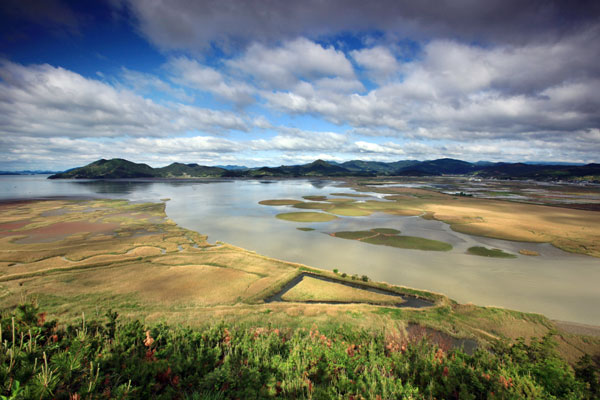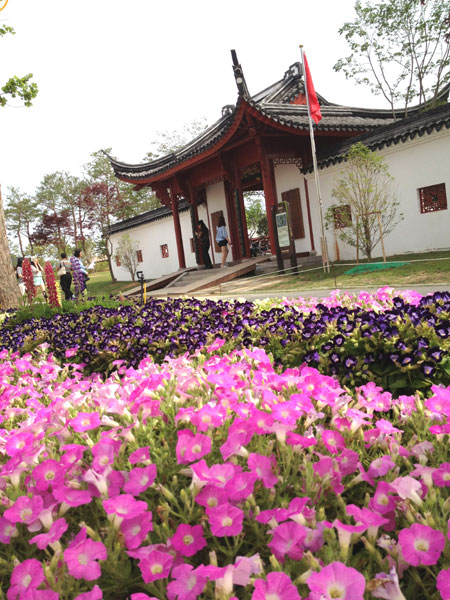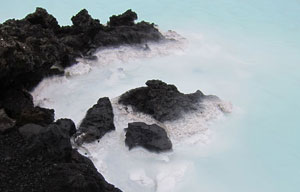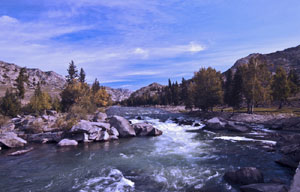From wetlands to premieres in a day
 |
|
Suncheon's wetlands park has not changed much in 8,000 years. Provided to China Daily |
 |
|
The Chinese garden in the Garden Expo,in Suncheon. |
My recent five-day trip took me to two lesser-known destinations: Suncheon, famed for its well-preserved wetlands, and Busan, a paradise of movies, sea and beach.
Suncheon, in the southern part of the country, has a population of about 300,000. My first impression was of it being quiet, clean and comfortable.
In the city, most houses are one or two stories and have a small yard with blossoming flowers.
With its fresh air, small bridges, flowing streams, old-style houses and green paddy fields, the scenery is bucolic .
Many people's first stop on visiting Suncheon Bay will be the suburbs, where there is one of the world's top five wetlands. The country has preserved the area well and it looks much the same as it must have done as long as 8,000 years ago.
The wetland is covered with a kind of grass that allegedly changes color seven times over a year and attracts a large number of photographers who travel from afar to take pictures.
It's also home to more than 140 varieties of wildlife, including some of the world's rarest birds, such as the black crane, blackhead seagull and black-faced spoonbill.
A zigzagging wooden bridge brings visitors to the center of the reed beds where birdsong is the only sound. Many people choose to stay at the bridge until sunset to witness the sky turning from blue to a ruddy pink, with silhouettes of birds flying over the waters. Typhoons and algal bloom has never bothered Suncheon. Locals proudly say the wetlands are their natural defense.
The International Garden Expo is also a Suncheon attraction. Covering 1.11 million square meters, it showcases 83 types of gardens from 23 countries. It took me a whole day to walk around.
For food, most people visiting Suncheon will try hanjeongsik, a full-course Korean meal with an array of savory side dishes.
Hanjeongsik originated as a banquet served in royal palaces or at the homes of aristocrats. Usually the course starts with a cold appetizer and gruel, followed with the main dishes, grilled, boiled, steamed, fried or salted. The types or dishes served in a hanjeongsik meal vary significantly according to the season, region and price.
Also, if you have time, the 1,000-year-old Seonamsa Temple features a big tea plantation.
Busan, an hour's distance by air from Suncheon, and South Korea's second largest city, offers a completely difference experience.

Founded in 1996, Busan International Film Festival has become one of the most important film events in Asia after less than two decades' development. Every year during the festival, film stars and their fans gather in the city.
Busan Cinema Center, built for the festival, has become a new city landmark since its completion in 2011. The building has an irregular geometry and its two huge roofs look like waves from afar.
Free concerts are often held there, adding an arty atmosphere to the coastal city.

The center also holds film-related exhibitions. An exhibition that South Korean fans initiated to commemorate former Hong Kong film star Leslie Cheung is on display.
Not far from the cinema center is the 2-km-long Haewundae Beach, with white sands and crystal water that is neither too cold nor hot at this time of year. When night falls, the mellow music played on the beach and yellow lights from the buildings create a romantic atmosphere.
















